Architects, interior designers, rendering artists, landscape architects, engineers, photographers and real estate developers are invited to submit their firm for the inaugural A+Firm Awards, celebrating the talented teams behind the world’s best architecture. Start your entry today.
How does the built environment actively contribute to the spread of disease around the world? Can design be leveraged as a preventative intervention to improve the health of vulnerable communities? These are the questions that drive the Mud to Mortar project.
Since its pilot in 2014, nonprofit ARCHIVE Global has been leveraging design to build resilient housing in the Dhaka district of Bangladesh. Rooted in a cross-disciplinary approach to research that integrates medicinal and social sciences with architectural and constructional solutions, this project’s success in the 2020 A+Awards places human rights on the forefront of architectural discussions.
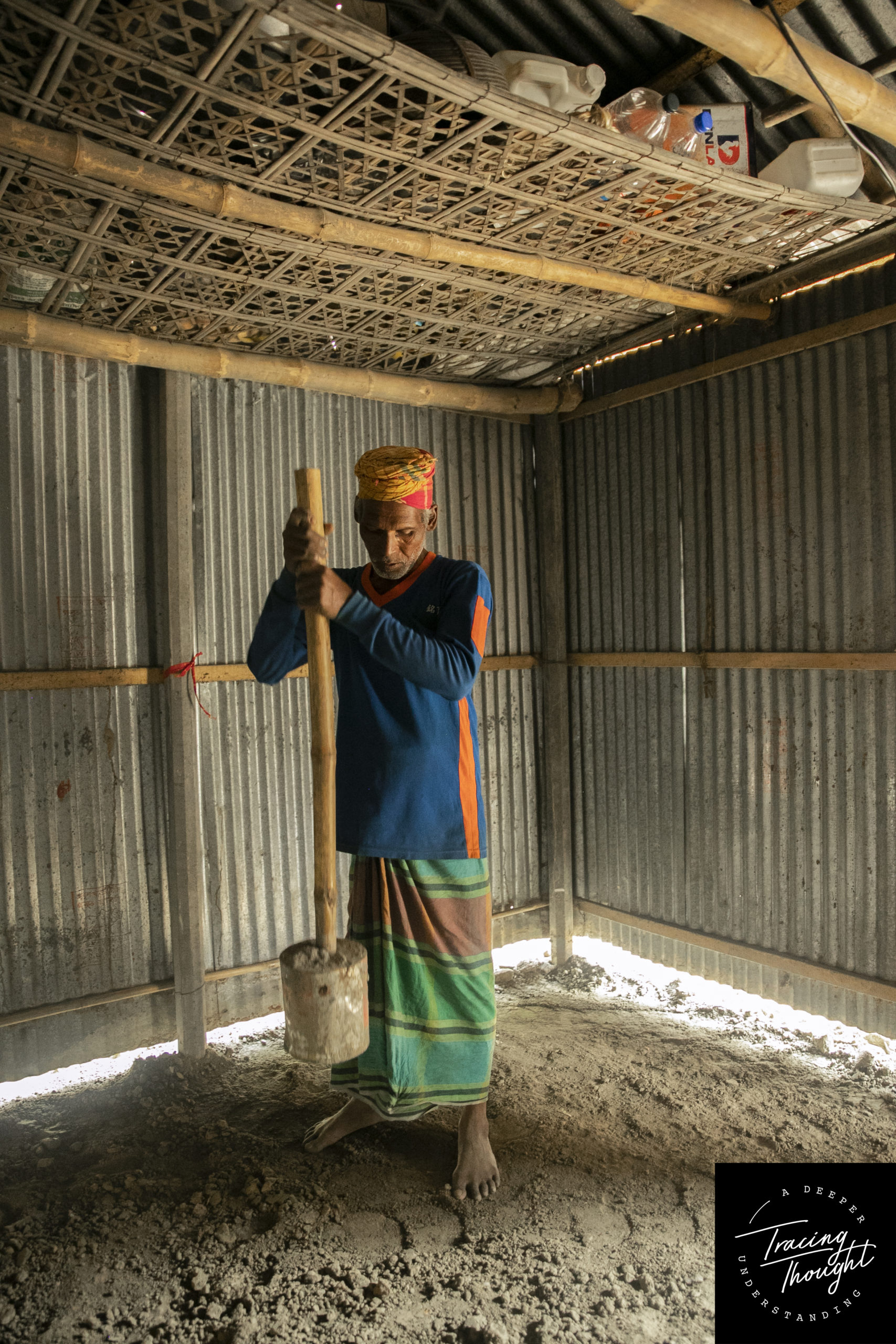
Architecture, health and economics are generally thought to be separate disciplines; yet, as the COVID-19 pandemic highlights, inhabitants of overcrowded and poorly ventilated homes are usually low-income and statistically at higher risks of contracting and dying from disease. Though usually addressed as separate issues, poor health and inadequate housing are not mutually exclusive.
For instance, in Bangladesh, over 100, 000 deaths annually are attributable to diarrheal disease. Sordid housing conditions are a major contributing factor to its spread, which is compounded by the insalubrious effects of seasonal flooding.
In low-income neighborhoods of Dhaka — where nearly 68% of the population live in crowded homes on dirt plinths — heavy rain not only erodes the mud floors, but the contaminated water also leaves bacteria and parasites that fester long after the floods have receded. If mud floors are breeding grounds for diarrheal, skin and respiratory diseases, then easily cleanable flooring can prevent illness and mitigate their spread.
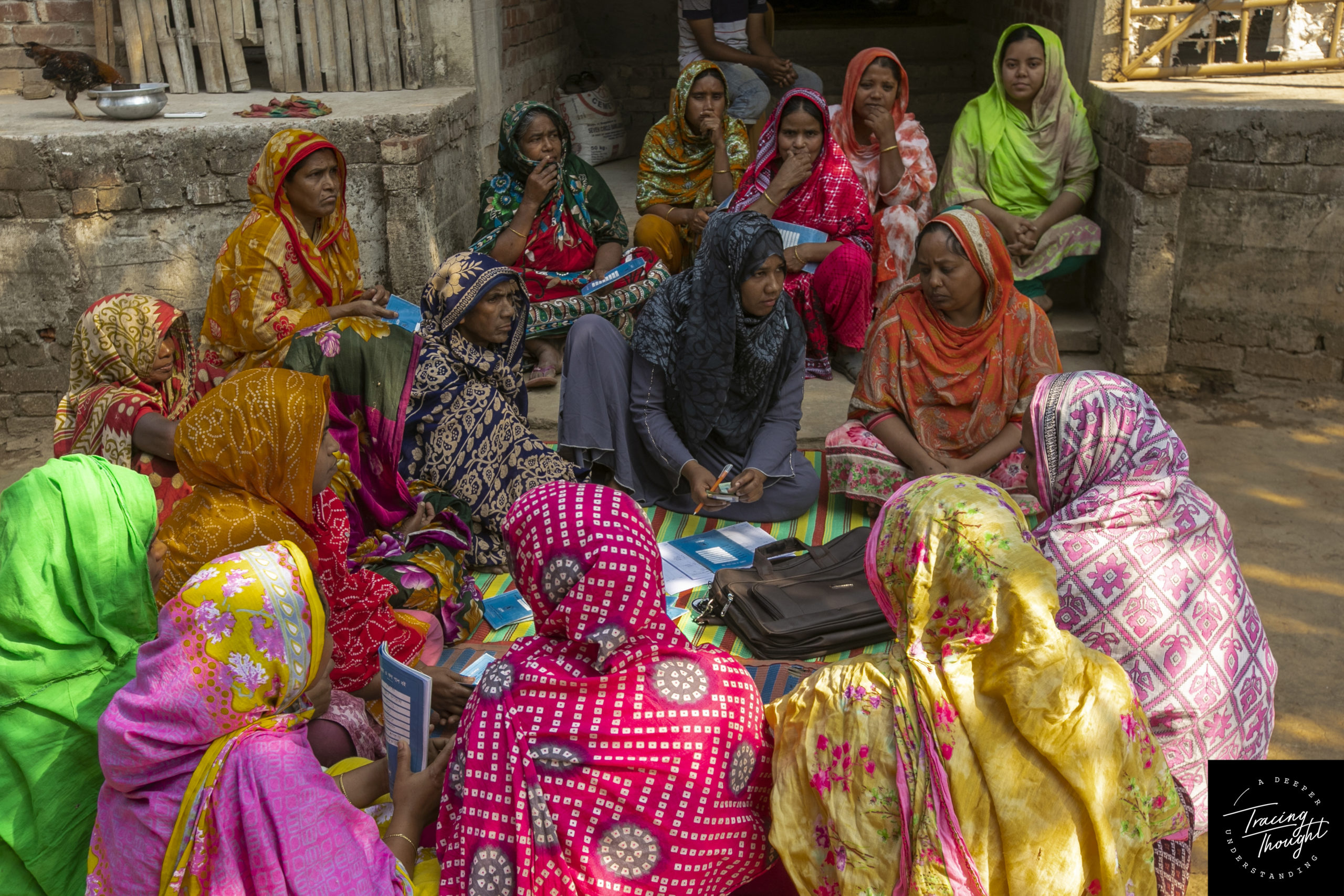
Prioritizing resilience, ARCHIVE Global stands out for its dual approach to tackling these challenges. On one hand, hygiene is promoted through the physical construction of durable concrete slabs that replace typical compact mud floors. On the other hand, health is also promoted by figuratively building knowledge. Workshops go hand-in-hand with the new concrete floors, and families participating in the program are taught strategies for staving off the invisible diseases within their neighborhoods.
Imbuing locals with agency — as opposed to relying solely on the intervention of architects — ARCHIVE Global not only prioritizes education in hygiene, but also trains inhabitants in construction. In this way, the home upgrades are tailored to the local economy. To date, Mud to Mortar has trained 139 local masons, incorporating local construction methodologies and materials so that the floors are truly a product of the community.
This approach also keeps costs down: the concrete pads cost around $1.21 per square foot and will last for approximately 30 years. A single mason usually oversees the construction of about five houses at any given time and, even after completing the pads, this knowledge remains in the community.
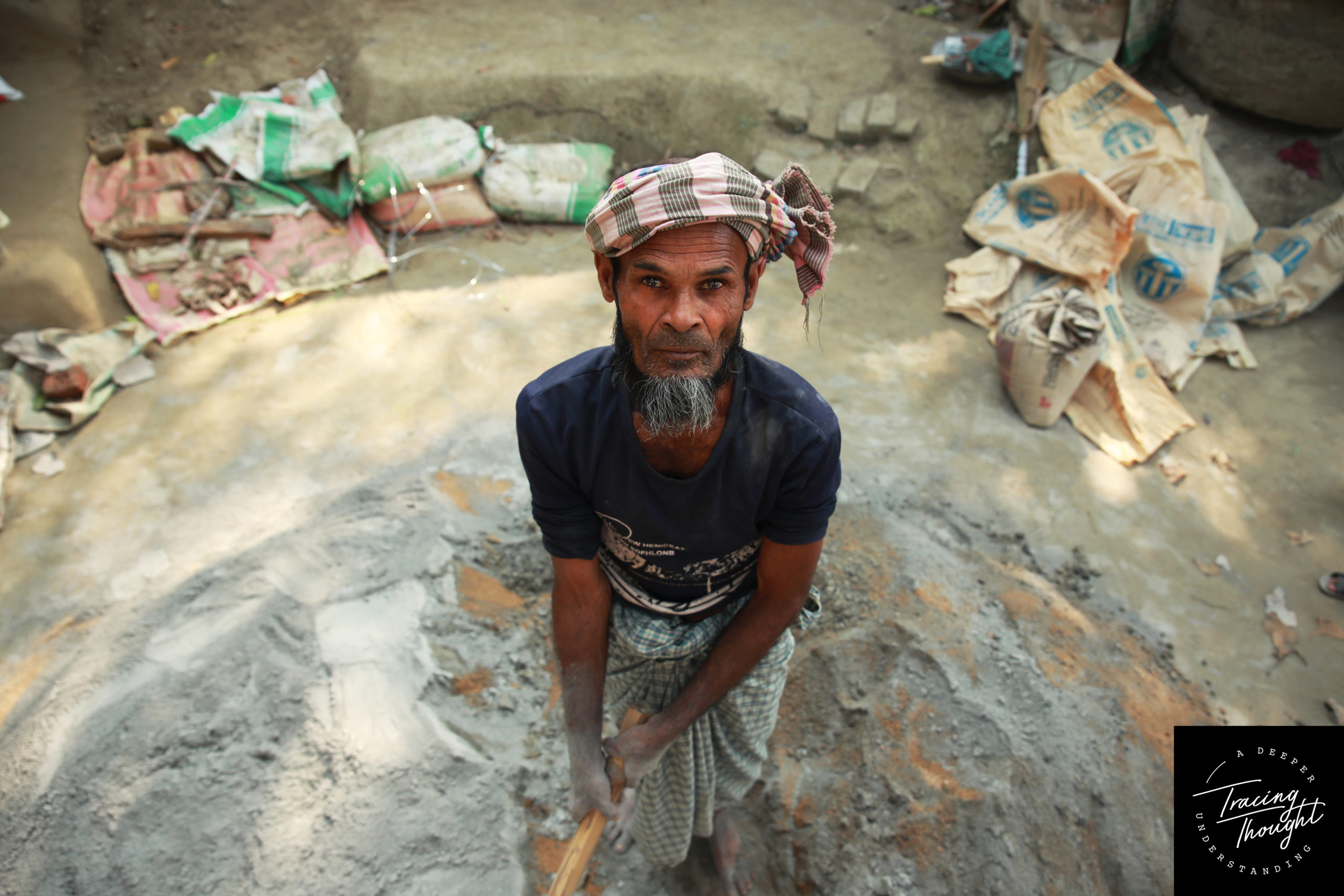
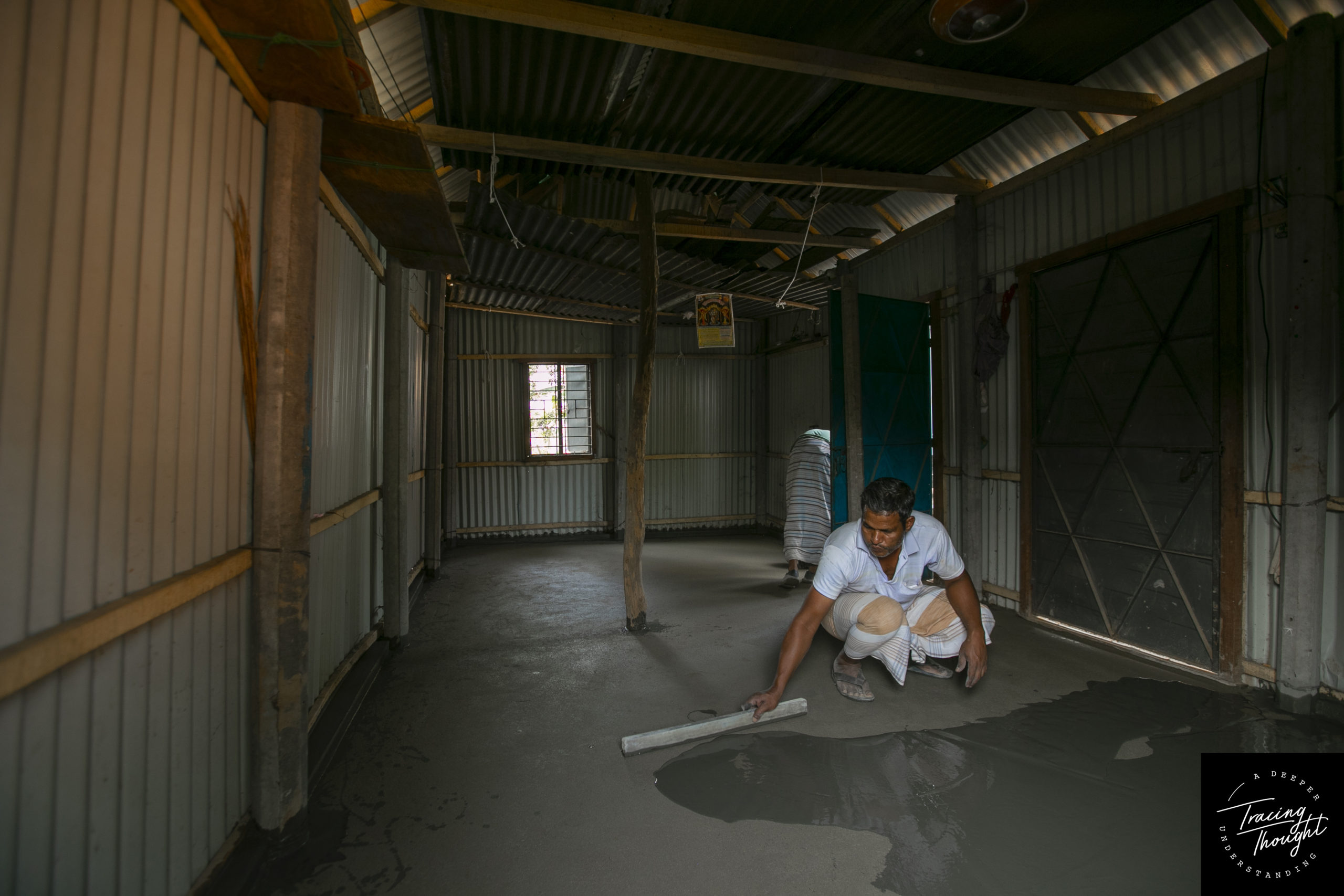
Improving the existing housing stock not only mitigates the prevalence of bacterial and parasitic infections; it also produces a host of economic benefits. Though most recipients of the concrete pads live on an income of around $153 monthly, the average treatment costs for diarrhea-related disease can be to the tune of $110.
In addition to preventing illness and hospitalization, the new flooring can increase home value anywhere from 22% to 46%, which then improves the inhabitant’s access to credits and loans. Meanwhile, according to estimates, the female recipients of the Mud to Mortar floors will spend twenty fewer hours per week cleaning their floors — time they can instead allocate to raising their children or other forms of financially compensated work.
Beneficiaries are selected according to guidelines established in collaboration with local implementing partner ADESH (Association of Development for Economic and Social Help). The main criteria for selection are: that adult females reside in the home; that inhabitants participate in the construction process; and that recipients own the house, whose indoor space must measure around 400 square feet.
To date, the ongoing project has improved 295 homes, providing 1,259 people with new floors. The numbers on the education side are staggering: Nearly 12,000 people have received in-person training, and media campaigns have impacted a further two million.
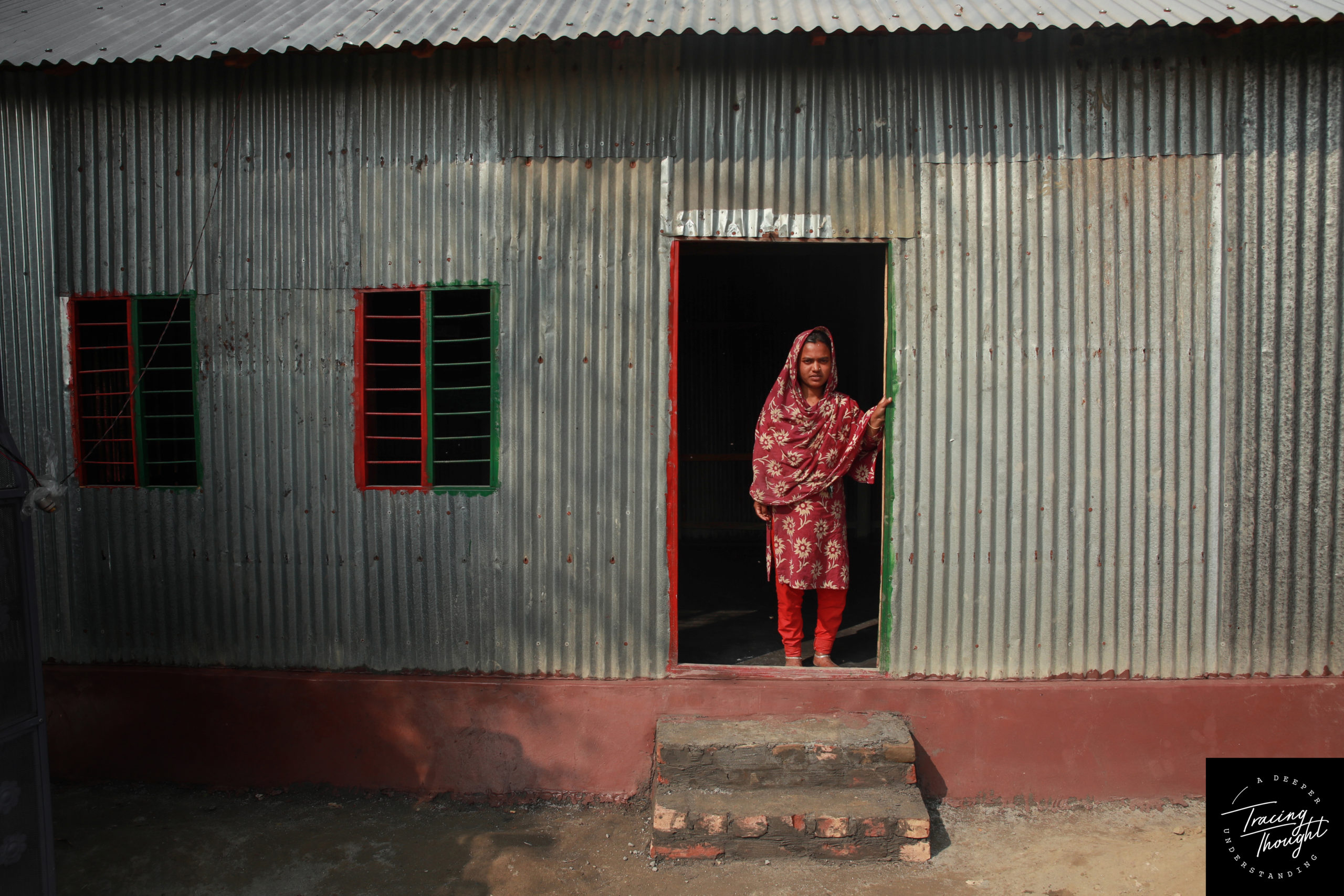
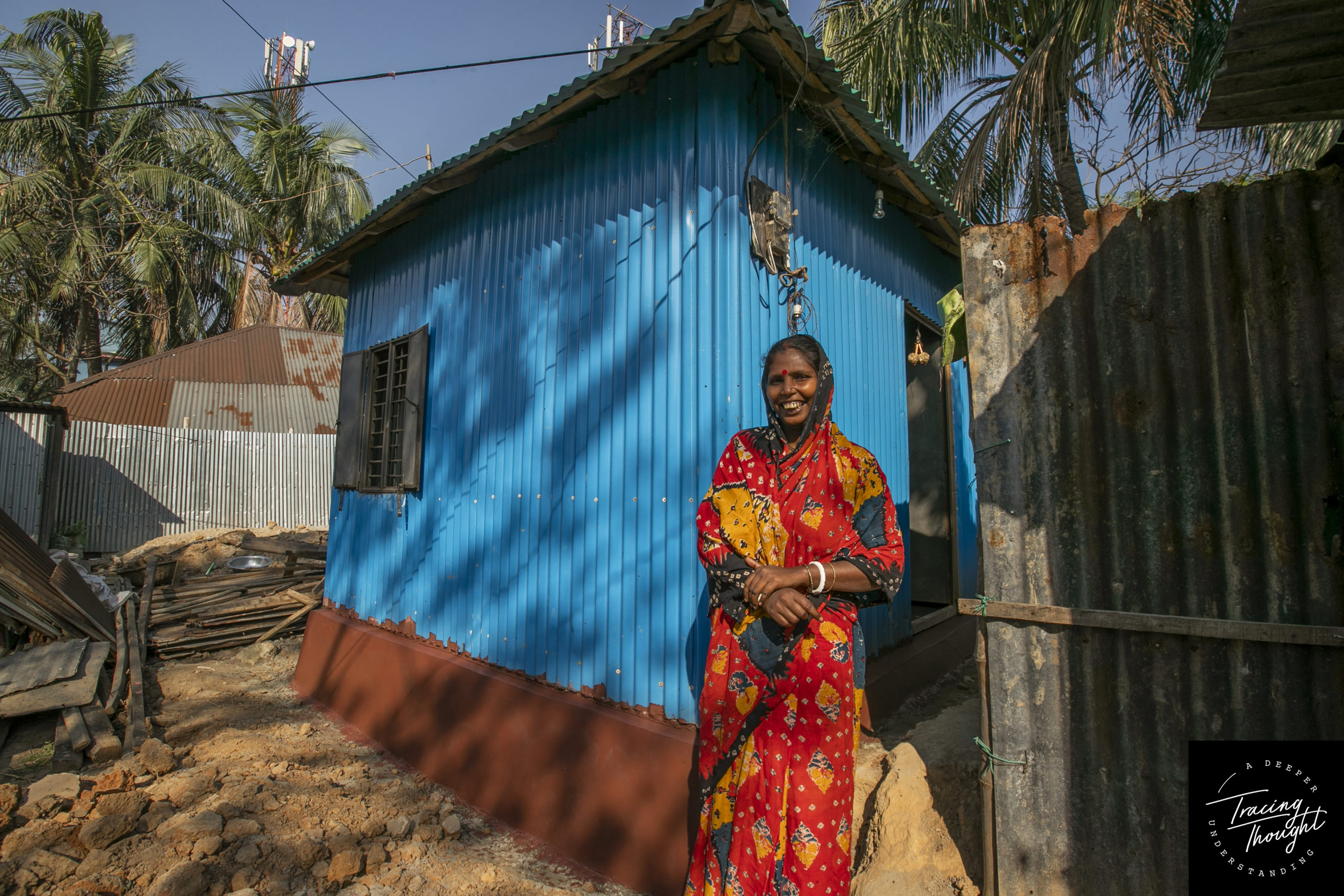
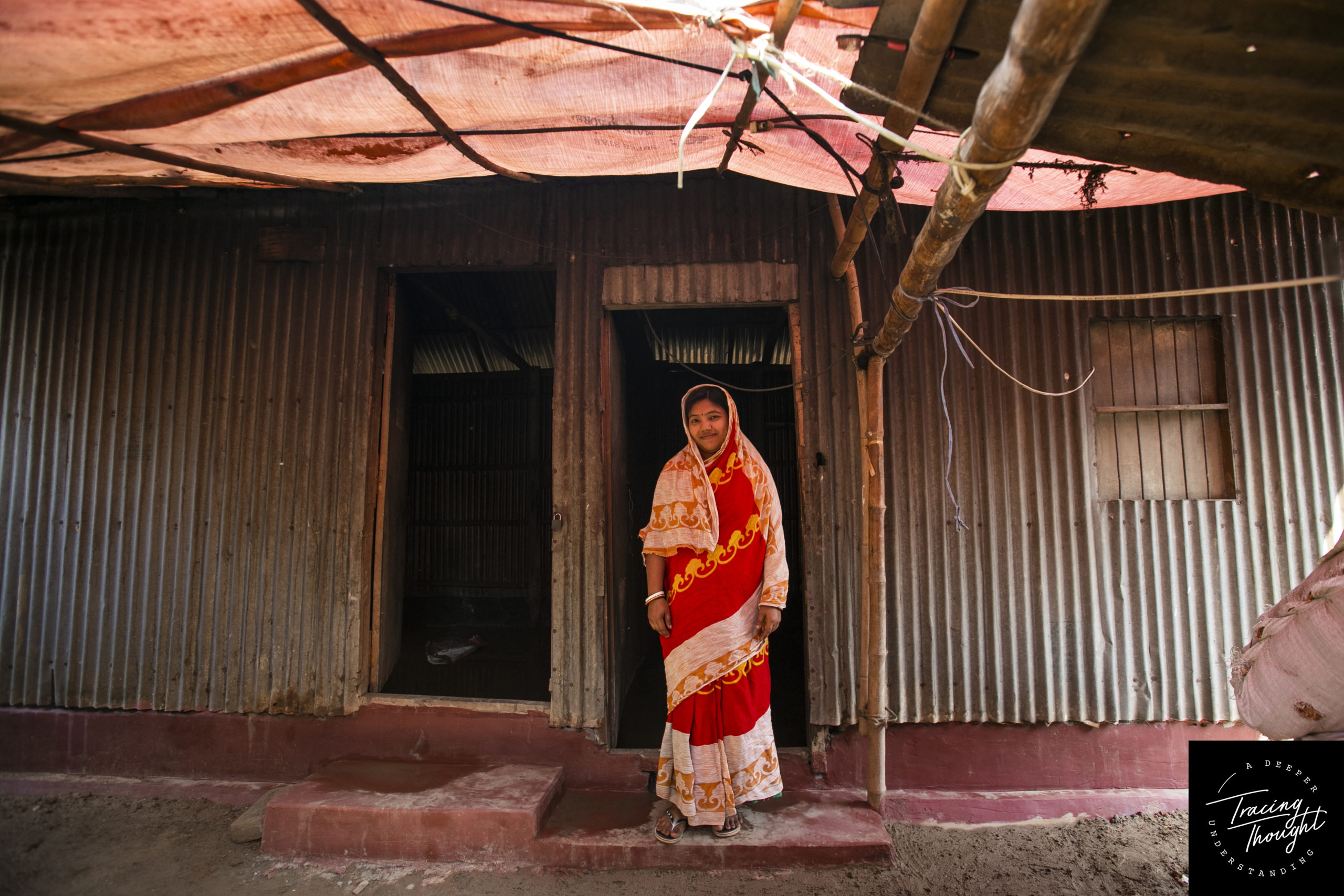
The acronym ARCHIVE stands for Architecture for Health in Vulnerable Environments, while the Global component of the name denotes its far reach from Africa, Asia and the Caribbean, to Europe and North America. The nonprofit was founded in 2006 by Peter Williams, a trained architect who was raised in Kingston, Jamaica, after he became interested in exploring connections between architecture, epidemics, and public health policy — a cross-disciplinary approach to design with personal significance.
For over nearly 25 years, ARCHIVE Global has used housing intervention as a tool to combat tuberculosis, HIV and AIDS, along with diarrheal disease. Their orbit is not limited to the developing world, and in the coming years, the nonprofit plans to renew its focus in impoverished areas of the United States. As the A+Awards Popular Choice Winner in the Architecture +For Good category, Mud to Mortar demonstrates that architecture is not just structural; building resilience also requires human and social engagement.
Architects: Showcase your next project through Architizer and sign up for our inspirational newsletter
The post Mud to Mortar: A Powerful Project for Healthier Housing in Bangladesh appeared first on Journal.